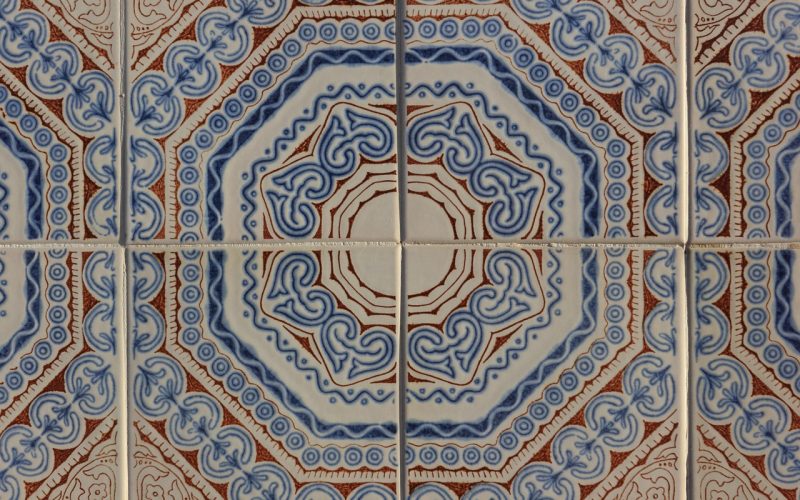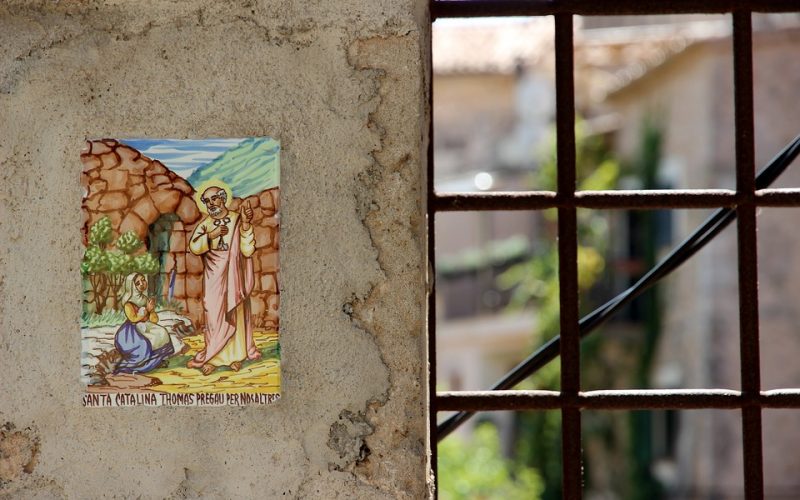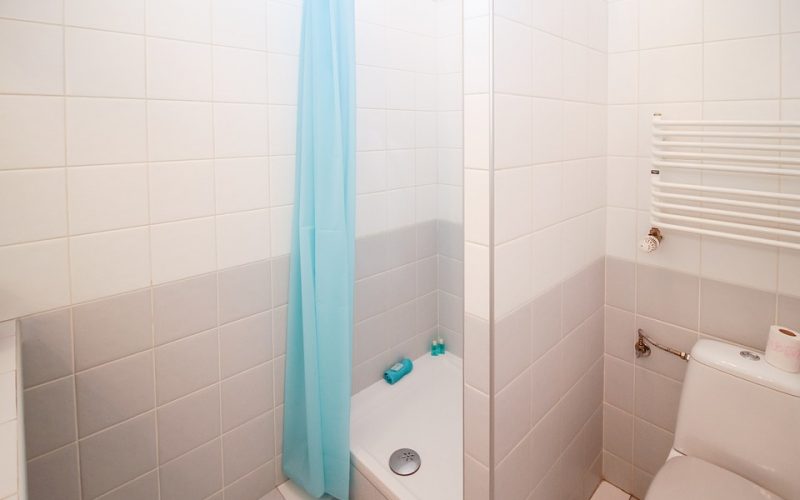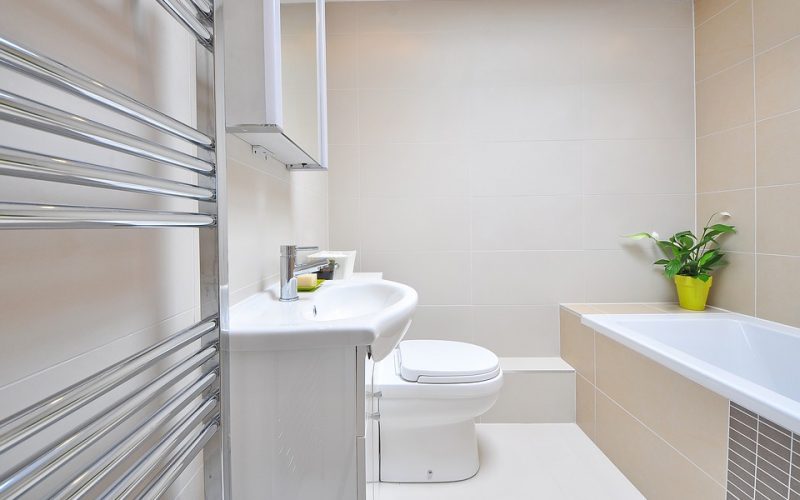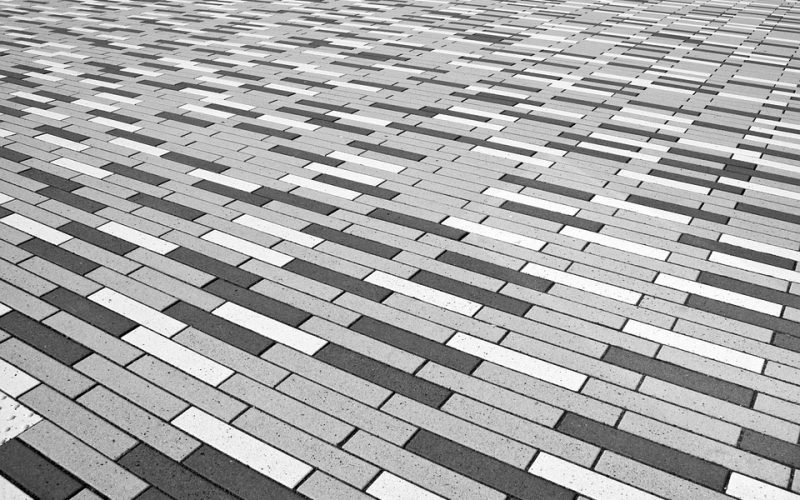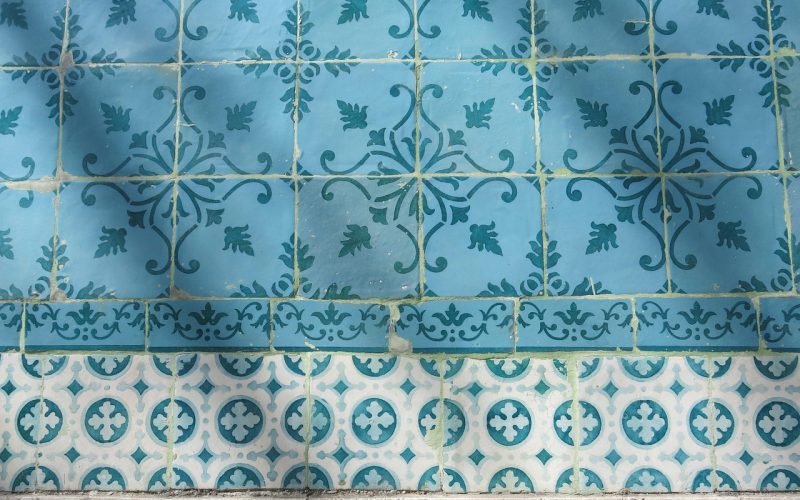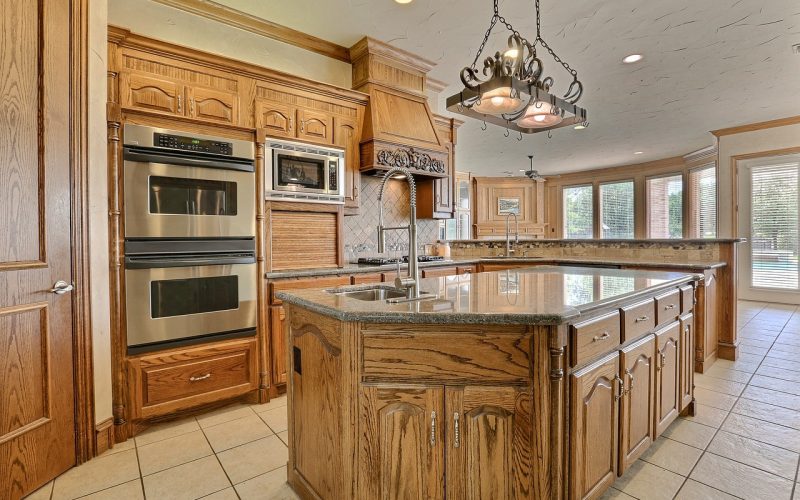The Enduring Popularity of Ceramic Tiles
Ceramic tiles have remained a staple in home and commercial design for centuries, combining beauty and practicality in equal measure. Recently, their popularity has surged due to advancements in manufacturing, increased focus on sustainability, and their ability to seamlessly blend aesthetics with durability. Widely used in kitchens, bathrooms, and outdoor areas, ceramic tiles are prized for their versatility and cost-effectiveness.
The essential materials behind ceramic tile production
The production of ceramic tiles relies on three primary ingredients - silica sand, recycled glass, and China clay - all of which contribute significantly to their durability and finish. Silica sand provides the foundational strength of the tiles while ensuring resistance to wear and tear. Recycled glass, increasingly incorporated into the manufacturing process, offers a sustainable component that enhances tile aesthetics with its smooth texture and glossy finish.
Meanwhile, China clay, or kaolin, plays a critical role in achieving the desired density and hardness, essential for creating high-quality ceramic tiles. These ingredients not only ensure the longevity of the tiles but also make them a sustainable choice for modern construction.
Versatility in design and application
One of the greatest appeals of ceramic tiles is their remarkable adaptability to various design aesthetics and applications. Available in an extensive array of colours, patterns, and finishes, they complement everything from minimalistic design schemes to intricate traditional styles. Whether it's a clean, neutral-toned kitchen backsplash or a mosaic accent wall, ceramic tiles can cater to diverse tastes. Their ability to be used in both indoor and outdoor settings - in flooring, countertops, and walls - makes them a practical choice for all climates and spaces. This versatility ensures that homeowners and designers alike view ceramic tiles as a go-to material for projects of all scales.
Key benefits of ceramic tiles
Beyond their visual appeal, ceramic tiles boast a host of practical benefits that further fuel their popularity. Their inherent durability makes them resistant to scratches, stains, and moisture, meaning they can withstand heavy foot traffic and exposure to water without compromising performance. Additionally, ceramic tiles are easy to clean, requiring only basic maintenance to retain their look and functionality over time.
Another important advantage is their affordability, particularly when compared to natural stone or hardwood. Ceramic tiles offer an elegant yet budget-friendly alternative without sacrificing quality or appearance. With such a balance of strengths, they remain a top choice for both residential and commercial installations.
Addressing environmental concerns
Amid growing awareness of climate change and the need for sustainable development, ceramic tiles are gaining recognition for their eco-friendly properties. The use of recycled glass in production reduces the reliance on raw materials and minimises waste. Additionally, the production process for ceramic tiles often makes use of renewable energy sources, further lowering their carbon footprint. Over their lifespan, ceramic tiles also contribute to energy efficiency by supporting thermal insulation in buildings, thereby reducing heating and cooling costs.
Unlike synthetic flooring materials, ceramic tiles do not emit volatile organic compounds (VOCs), making them a healthier choice for indoor air quality. These environmental advantages demonstrate how ceramic tiles combine function and sustainability in a way that aligns with contemporary priorities.
Advanced manufacturing techniques and trends
Modern advancements in tile manufacturing have played a significant role in boosting their popularity. Techniques like digital printing now allow for an astonishing level of customisation, replicating the look of wood, marble, or concrete with remarkable precision. This not only widens the scope for creative designs but also makes it possible to achieve the luxurious appearance of premium materials at a fraction of the cost.
Additionally, cutting-edge production technologies have improved the strength and longevity of ceramic tiles. High-temperature firing processes ensure greater resistance to chipping and cracking, while slip-resistant textures enhance their safety features. These innovations continue to elevate ceramic tiles as a top-tier option for both style and performance.
The enduring appeal of ceramic tiles
It's clear that ceramic tiles have earned their popularity through a combination of versatility, durability, and environmental benefits. Whether it's the superior functionality derived from materials like silica sand and China clay or the sustainable edge offered by recycled glass, they represent a harmonious blend of tradition and innovation. With continued progress in production techniques and an increasing focus on eco-conscious design, ceramic tiles are likely to remain a timeless choice for decades to come. For homeowners, designers, and architects, their appeal lies not just in practicality, but in the endless creative possibilities they provide.
